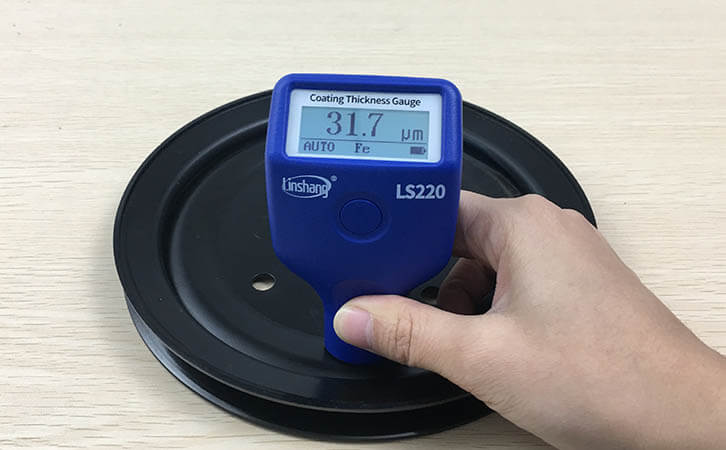Plating Thickness Gauge | Essential Artifact in Electroplating Industry
China is a large country in production, processing and manufacturing. The electroplating industry has always been a pillar industry in China. Popularly speaking, electroplating is to plate a layer of material on a metal substrate, which plays a role of beautiful decoration, safety protection, wear resistance and consumption resistance. Although this thin layer sounds inconspicuous, its far-reaching effect is quite large. People often use a plating thickness gauge to help control the quality of the coating.
So, is the plating thickness gauge really a necessary artifact for the electroplating industry? This requires everyone to understand the basic principles and basic functions of the plating thickness gauge .
The plating thickness gauges on the market use the principle of X-ray reflection. The coating thickness is estimated by measuring the intensity of the reflected X-rays. In actual operation, it is not only simple, convenient and fast. The two principles of magnetic induction and eddy current are the basic principles applied by most plating thickness gauge s, which can widely measure the thickness of various substrates with various properties.
| Plating type | Plating thickness | Remarks |
| Nickel | 8μm / min | Bright; corrosion resistant |
| Blue zinc | 6μm / min | Good corrosion resistance; soft blue |
| Color zinc | 8μm / min | Anticorrosive in general; five colors |
| Green zinc | 6μm / min | Poor corrosion resistance; zinc white |
| White zinc | 4μm / min | Cass experiment, continuous spraying for 16 hours, reaching level 7 |
| Steel Chrome |
Ni 8μm / min Cr 0.2-0.3μm / min |
|
| Zinc alloy chrome plating |
Cu 10-25μm / min Ni 5-10μm / min Cr 0.2-0.3μm / min |
The plating layer thickness is one of the important indicators to measure the quality of the plating layer. Therefore, professionals in the coating industry will use non-destructive measurement methods for thickness detection.
The basic function of the plating thickness gauge is to help the plating industry (or other industries) measure the coating thickness on the substrate. The plating thickness gauge has a wider measurement range, so measurements outside the plating industry, such as anticorrosive coatings, paint coatings, enamel protective coatings, rubber coatings, etc. can be used.
For the electroplating industry, the electroplating process depends not only on the technical level and stability, but also on the accurate grasp of the coating thickness. Coating thickness is related to the visual experience and the physical experience. And in the actual electroplating work, there are many environmental factors that affect the coating thickness. These intrinsic and extrinsic factors can easily cause variations in the size of the plating layer from the standard value, so the importance of the plating thickness gauge is self-evident.
The use of the plating thickness gauge needs to comply with relevant regulations, such as measuring the material and surface roughness of the substrate should be similar to that of the standard film. It is also necessary to avoid "edge effects", that is, do not approach the edges or corners of the measured object during operation. These conditions will have a certain impact on the measurement results and cause the instability of multiple measurement data.
The professional electroplating industry often uses special electroplating thickness gauges, such as Linshang plating thickness gauge LS220H. This is especially for samples with a metal substrate. Its range is large, up to 5mm, which avoids the trouble of changing coating thickness measuring equipment from time to time.
- High precision coating thickness gauge for used car
- Automotive paint protection films coating thickness gauge
- Plating Thickness Measuring Instrument for Detecting Anti-corrosion Coating
- Linshang LS220, LS191, LS160A– Necessary for Car Cover Inspection
- Coating Thickness Gauge for Second Hand Vehicle
- Zero Adjustment Step of Coating Thickness Gauge
